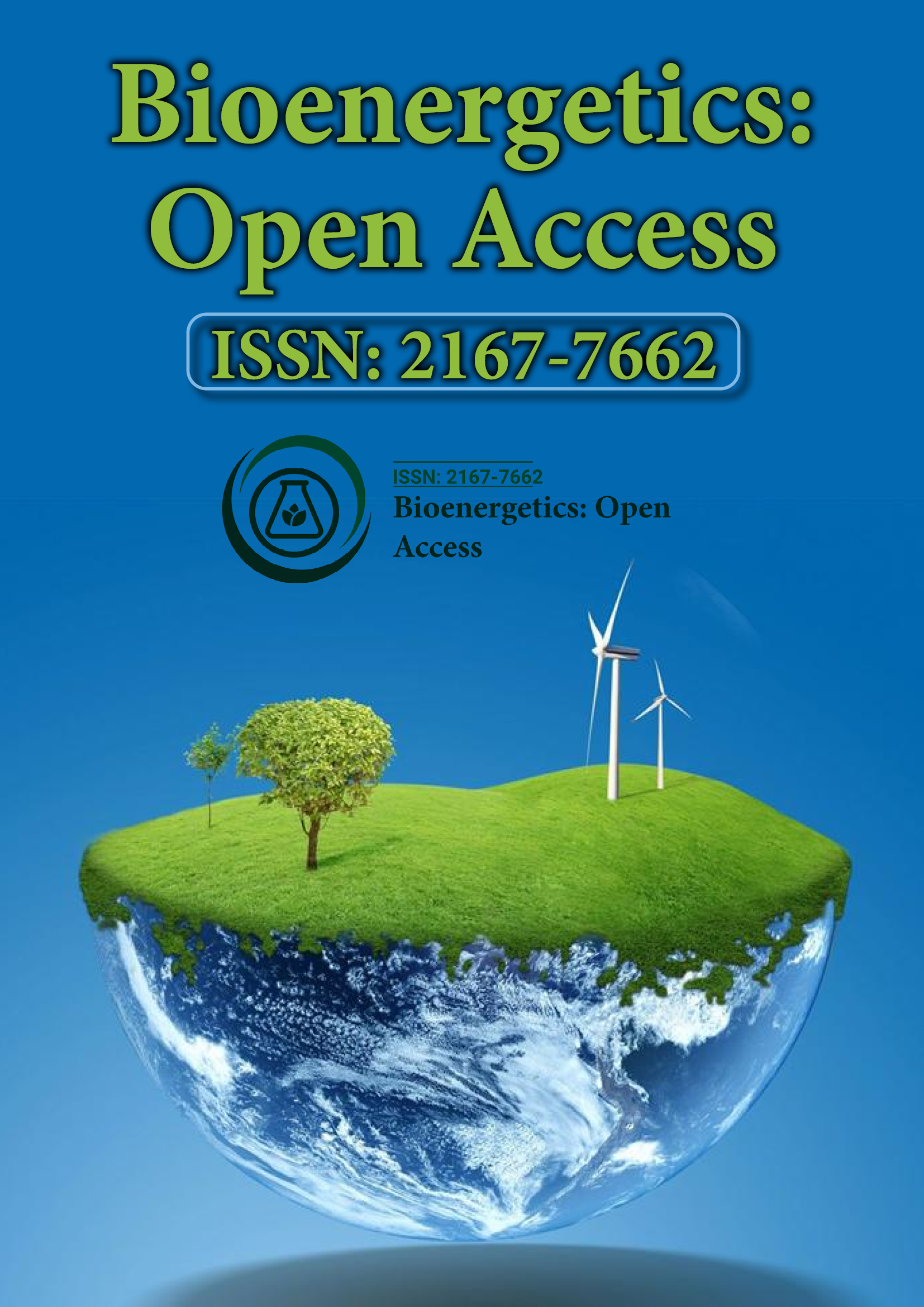Indexed In
- Open J Gate
- Genamics JournalSeek
- Academic Keys
- ResearchBible
- RefSeek
- Directory of Research Journal Indexing (DRJI)
- Hamdard University
- EBSCO A-Z
- OCLC- WorldCat
- Scholarsteer
- Publons
- Euro Pub
- Google Scholar
Useful Links
Share This Page
Journal Flyer

Open Access Journals
- Agri and Aquaculture
- Biochemistry
- Bioinformatics & Systems Biology
- Business & Management
- Chemistry
- Clinical Sciences
- Engineering
- Food & Nutrition
- General Science
- Genetics & Molecular Biology
- Immunology & Microbiology
- Medical Sciences
- Neuroscience & Psychology
- Nursing & Health Care
- Pharmaceutical Sciences
Perspective - (2024) Volume 12, Issue 4
Targeting Cancer Metabolism: Dual-Pathway Glycolysis Inhibition and its Synergy with CDT and PTT
James Scott*Received: 29-Nov-2024, Manuscript No. BEG-24-28112; Editor assigned: 02-Dec-2024, Pre QC No. BEG-24-28112 (PQ); Reviewed: 16-Dec-2024, QC No. BEG-24-28112; Revised: 23-Dec-2024, Manuscript No. BEG-24-28112 (R); Published: 30-Dec-2024, DOI: 10.35248/2167-7662.24.12.283
Description
The combination of dual-pathway glycolysis inhibition with chemodynamic and Photothermal Therapies (PT) signifies an innovative step in the development of advanced cancer treatments. This innovative strategy targets the metabolic vulnerabilities of cancer cells, addressing their dependence on glycolysis for energy and biosynthetic precursors. By disrupting glycolysis while synergizing with chemodynamic and photothermal mechanisms, this approach provides a comprehensive attack on tumor cells, providing significant therapeutic potential. This perspective explains the implications of this dual-pathway inhibition and its synergy with existing modalities, emphasizing its relevance in bioenergetic regulation and future oncological applications.
Cancer cells are well-known for their changed metabolism, characterized by the Warburg effect, where they preferentially depend on glycolysis even in the presence of oxygen. This metabolic adaptation not only supports rapid proliferation but also provides resistance to oxidative stress and chemotherapeutic agents. Inhibiting glycolysis, therefore, disrupts the primary energy source of cancer cells and makes them more susceptible to therapeutic interventions. Dual-pathway glycolysis inhibition, which simultaneously targets different steps of the glycolytic pathway, amplifies this disruption, leading to a more pronounced anti-tumor effect.
The synergy of glycolysis inhibition with chemodynamic and photothermal therapies originates from their complementary mechanisms. Chemodynamic Therapy (CDT) utilizes the tumor microenvironment, particularly its acidic and hypoxic conditions, to generate Reactive Oxygen Species (ROS) through catalytic reactions. These ROS induce oxidative stress, damaging cellular components and promoting apoptosis. PTT, alternatively, uses near-infrared radiation to heat photosensitizers, leading to localized hyperthermia and direct tumor ablation. While CDT and PTT are effective individually, their combination with glycolysis inhibition improves their effects by simultaneously limiting tumor cells of energy and increasing their susceptibility to oxidative damage and heat-induced stress.
From a bioenergetics perspective, the inhibition of glycolysis undermines the metabolic flexibility of cancer cells, forcing them to depend on mitochondrial Oxidative Phosphorylation (OXPHOS) for energy production. This change creates a metabolic limitation, as most cancer cells have compromised mitochondrial function. The resultant energy deficit induces metabolic stress, improving the effectiveness of CDT and PTT. Furthermore, the increased reliance on OXPHOS generates ROS as byproducts, which can synergize with the ROS produced during CDT to increase oxidative damage.
This therapeutic strategy also has significant implications for the tumor microenvironment. Glycolysis inhibition reduces lactate production, reducing the acidification of the tumor microenvironment. This reversal of acidosis not only impairs cancer cell invasion and metastasis but also improves the efficacy of CDT by improving the catalytic generation of ROS. Additionally, a less acidic microenvironment promotes the infiltration and activation of immune cells, creating the path for potential combination therapies with immunotherapy.
The application of dual-pathway glycolysis inhibition in conjunction with CDT and PTT is particularly appealing for its selectivity. Normal cells, which depend on oxidative metabolism under aerobic conditions, are less affected by glycolysis inhibition. This selective targeting minimizes off-target effects and improves the therapeutic index, a critical factor in clinical oncology. Moreover, the use of non-invasive modalities such as PTT further reduces the burden of systemic toxicity associated with traditional chemotherapy and radiation.
Despite its potential, this approach faces several challenges. The heterogeneous nature of tumors, both in terms of genetic mutations and metabolic adaptations, can lead to variability in response. Some cancer cells may escape glycolysis inhibition by upregulating alternative pathways, such as glutaminolysis or fatty acid oxidation, to meet their energy demands. This metabolic plasticity necessitates the development of combination therapies that can simultaneously target multiple metabolic pathways.
In conclusion, dual-pathway glycolysis inhibition, when combined with chemodynamic and photothermal therapies, represents a change towards cancer treatment. By targeting the metabolic Achilles' heel of cancer cells, this strategy not only improve the efficacy of existing therapies but also create the path for more personalized and less toxic treatment regimens. While challenges remain, ongoing research and technological advancements are likely to overcome these hurdles, creating a path in a new era of bioenergetics-driven oncology.
Citation: Scott J (2024). Targeting Cancer Metabolism: Dual-Pathway Glycolysis Inhibition and its Synergy with CDT and PTT. J Bio Energetics. 12:283.
Copyright: © 2024 Scott J. This is an open access article distributed under the terms of the Creative Commons Attribution License, which permits unrestricted use, distribution, and reproduction in any medium, provided the original author and source are credited.
